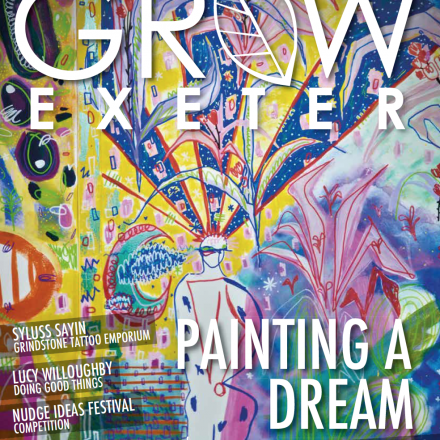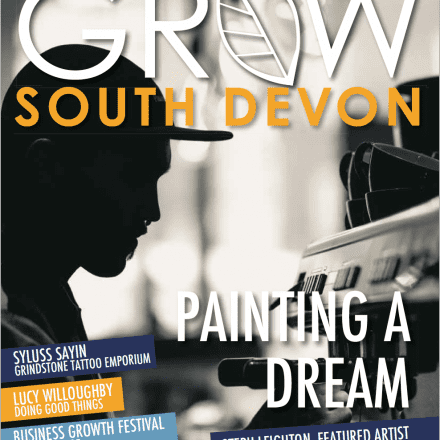
Back in the Groove: The Fall and Rise of Live Music
All Content by Eliot Milling
In February of 2020, much of the world was beginning to grow weary of a threat to their way of living, the likes of which only a sparse few had ever experienced before. We debated how absurd the hypothetical was of an international lockdown and then, practically overnight, we were brought to confront this likelihood face-to-face. Over a year after the initial shock of being plunged into isolation, the live music industry gradually staggered back to its feet; the few concerts that could make it all the way to performance day without cancellation made headline news, the few of us that were able to attend did so in a way that felt entirely alien when compared to years past.
Further on as we approach the end of another year, the music industry in the UK is finally shaking free of the constraints of planning so meticulous that only the most well-prepared (and well-funded) performances could go ahead. Venues such as Exeter’s Cavern Club now manage to open up their doors to crowds of fans similarly to how they would have in 2010 rather than 2020.
I had the opportunity to see local band The Issues at The Cavern which gave me the chance to not only experience live music in its new form, but also reflect on how it has changed.
So, what is it about a live performance like this that we couldn’t experience whilst in lockdown?
The connection between the members, the feeling that they don’t pretend to be more than just a group of friends who found something fun to do together. The interaction between the band and the crowd, the downtime between songs spent cracking jokes rather than making awkward small talk. They seem to be just as at-home playing a packed out club as they are at a house party. They don’t take themselves too seriously - everybody is welcome in this audience.
There stands no pane of glass between artists and spectators - the energy flows both ways; onlookers start to nod their heads and sway their shoulders as the musicians’ gentle shuffling of their feet grows into a dance just as sporadic as their tunes.
Chaos erupts. Singing turns to yelling. The energy swells to the extent that a man climbs onto the safety rail separating the band from the crowd and dives backwards. Hands are raised, lifting him above our heads and carrying him on a circuit of the room before he finally dissolves back into the plethora of limbs and his feet touch the ground once again.
All the while, the instruments’ cries ring out through one another. Strings reverberate through distorted amplifiers; cymbals lift a wash of noise overtop lyrics that fit just as well in an indie rock context as they would on the school playground.
This cacophony can be interpreted through a screen and packaged as a concert-at-home live stream, but it is a different beast altogether to be in the room - to be a part of it.









